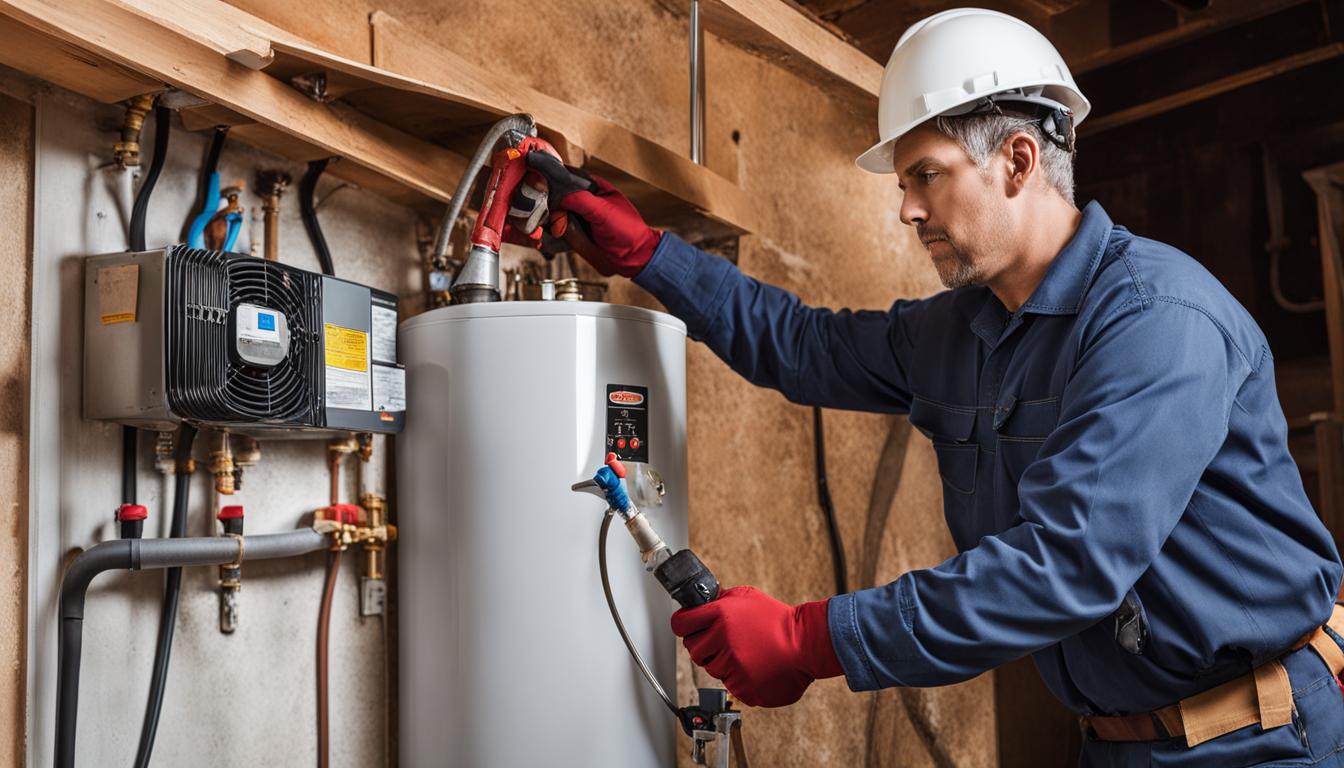Nearly everybody may have his or her own perception involving Tips on Maintaining a Water Heater.

Warm water is necessary for daily comfort, whether it's for a refreshing shower or cleaning recipes. To guarantee your warm water system runs efficiently and lasts longer, routine upkeep is crucial. This article gives sensible suggestions and insights on just how to preserve your home's hot water system to stay clear of interruptions and expensive repairs.
Intro
Keeping your home's hot water system might appear challenging, but with a couple of easy actions, you can ensure it runs smoothly for many years to find. This guide covers whatever from comprehending your warm water system to DIY upkeep ideas and understanding when to call specialist aid.
Significance of Preserving Your Warm Water System
Routine maintenance not only prolongs the lifespan of your warm water system yet also ensures it operates effectively. Ignoring maintenance can lead to decreased effectiveness, higher energy expenses, and even premature failure of the system.
Indicators Your Hot Water System Needs Maintenance
Knowing when your hot water system requires focus can protect against significant concerns. Keep an eye out for indicators such as irregular water temperature level, odd sounds from the heating unit, or corroded water.
Comprehending Your Warm Water System
Before diving right into upkeep tasks, it's handy to recognize the standard parts of your hot water system. Typically, this consists of the hot water heater itself, pipes, anode poles, and temperature controls.
Monthly Upkeep Tasks
Normal monthly checks can aid catch minor problems before they intensify.
Purging the Hot Water Heater
Flushing your hot water heater gets rid of debris buildup, improving efficiency and prolonging its life.
Monitoring and Changing Anode Rods
Anode rods protect against deterioration inside the tank. Inspecting and replacing them when broken is important.
Examining and Changing Temperature Level Setups
Readjusting the temperature setups guarantees optimum efficiency and safety.
DIY Tips for Upkeep
You can perform a number of maintenance tasks yourself to keep your hot water system in top condition.
Looking for Leakages
Regularly evaluate pipelines and links for leakages, as these can bring about water damages and greater costs.
Checking Pressure Relief Valves
Checking the stress safety valve ensures it works appropriately and stops extreme stress build-up.
Insulating Pipes
Insulating hot water pipes decreases heat loss and can conserve energy.
When to Call a Specialist
While do it yourself upkeep is useful, some problems require specialist know-how.
Facility Problems Calling For Expert Aid
Instances consist of major leakages, electrical troubles, or if your water heater is continually underperforming.
Regular Expert Upkeep Benefits
Professional maintenance can consist of complete inspections, tune-ups, and ensuring compliance with safety and security standards.
Final thought
Routine upkeep of your home's warm water system is essential for efficiency, durability, and price financial savings. By adhering to these ideas and knowing when to seek expert help, you can make sure a trustworthy supply of warm water without unforeseen disturbances.
How to Maintain an Instant Hot Water Heater
Before tinkering with your hot water heater, make sure that it’s not powered on. You also have to turn off the main circuit breaker and shut off the main gas line to prevent accidents. Also turn off the water valves connected to your unit to prevent water from flowing into and out of the appliance. 2. When you’re done, you have to detach the purge valves’ caps. These look like the letter “T†and are situated on either side of the water valves. Doing so will release any pressure that has accumulated inside the valves while at the same time avoid hot water from shooting out and burning your skin. 3. When the purge valves’ caps are removed, you have to connect your hosing lines to the valves. Your unit should have come with three hoses but if it didn’t, you can purchase these things from any hardware or home repair shops. You can also get them from retail stores that sell water heating systems. Read the user’s manual and follow it to complete this task properly. When the hosing lines are connected, open the purge port’s valves. 4. You should never use harsh chemical cleaners or solutions when cleaning your unit. Make use of white vinegar instead. It should be undiluted and you’ll probably use about 2 gallons. 5. Now flush your water heater. This task should probably take about 40 minutes. We can’t give you specific directions for this because the procedure is carried out depending on the type, model and brand of your heater. With that being said, refer to the user’s manual. 6. When you’re done draining the unit, you have to turn off the purge port valves again. Remove the hosing lines that you earlier installed on each of the water valves. Put the valve caps (purge port) back in their respective places and be very careful so as not to damage the rubber discs that are found inside these caps. 7. Now that everything’s back in place, check your user’s manual again to find out how to reactivate your water heating system. 8. Once it is working, turn one of your hot water faucets on just to let air pass through the heater’s water supply pipes. Leave the tap on until water flows smoothly out of it. https://www.orrplumbing.com/blog/2014/september/how-to-maintain-an-instant-hot-water-heater/

We hope you liked our excerpt about How to Maintain Your Water Heater & Prolong its Life. Thanks a lot for taking the time to browse our article post. Loved our piece? Please quickly share it. Let someone else locate it. We love your readership.
Request Estimate